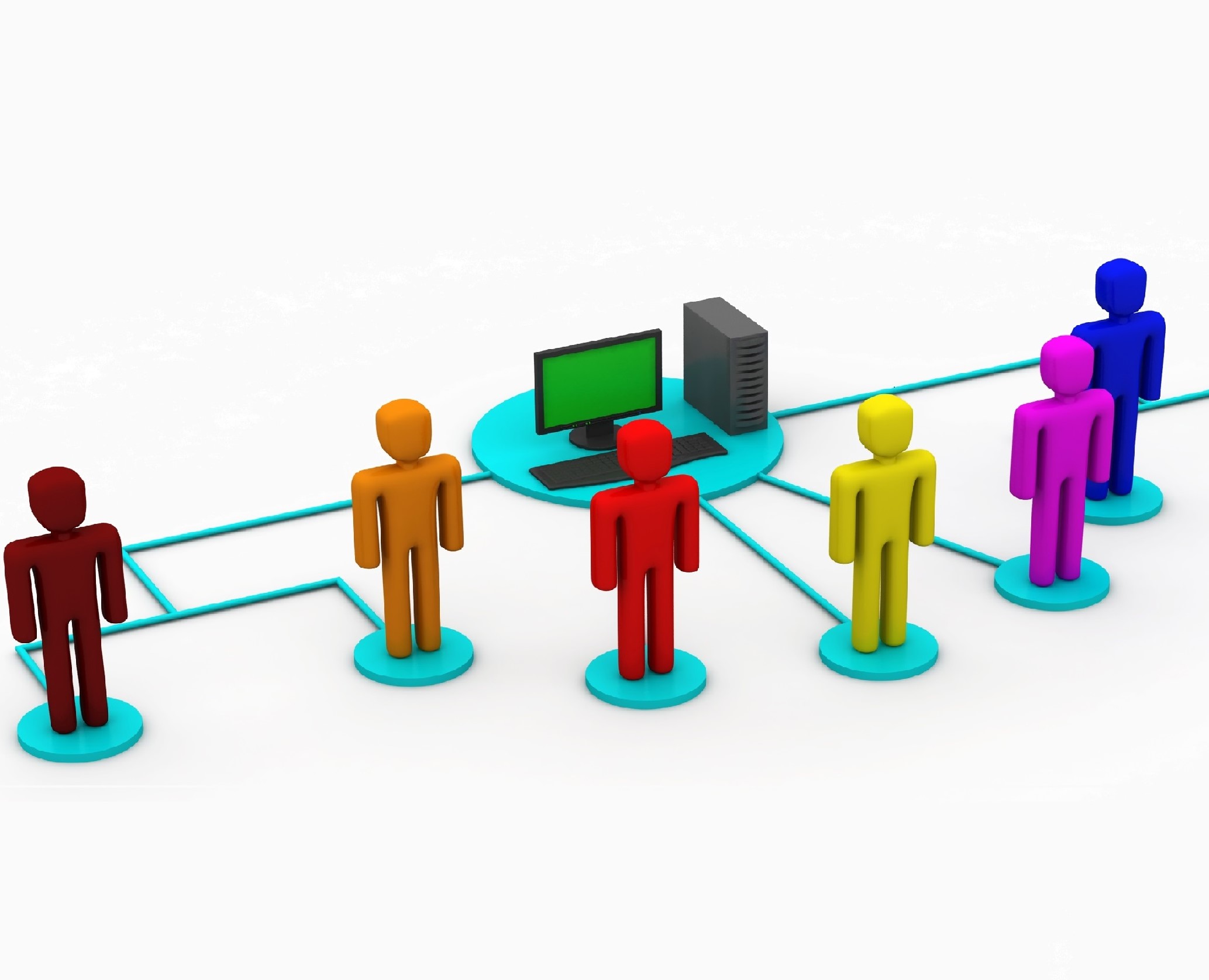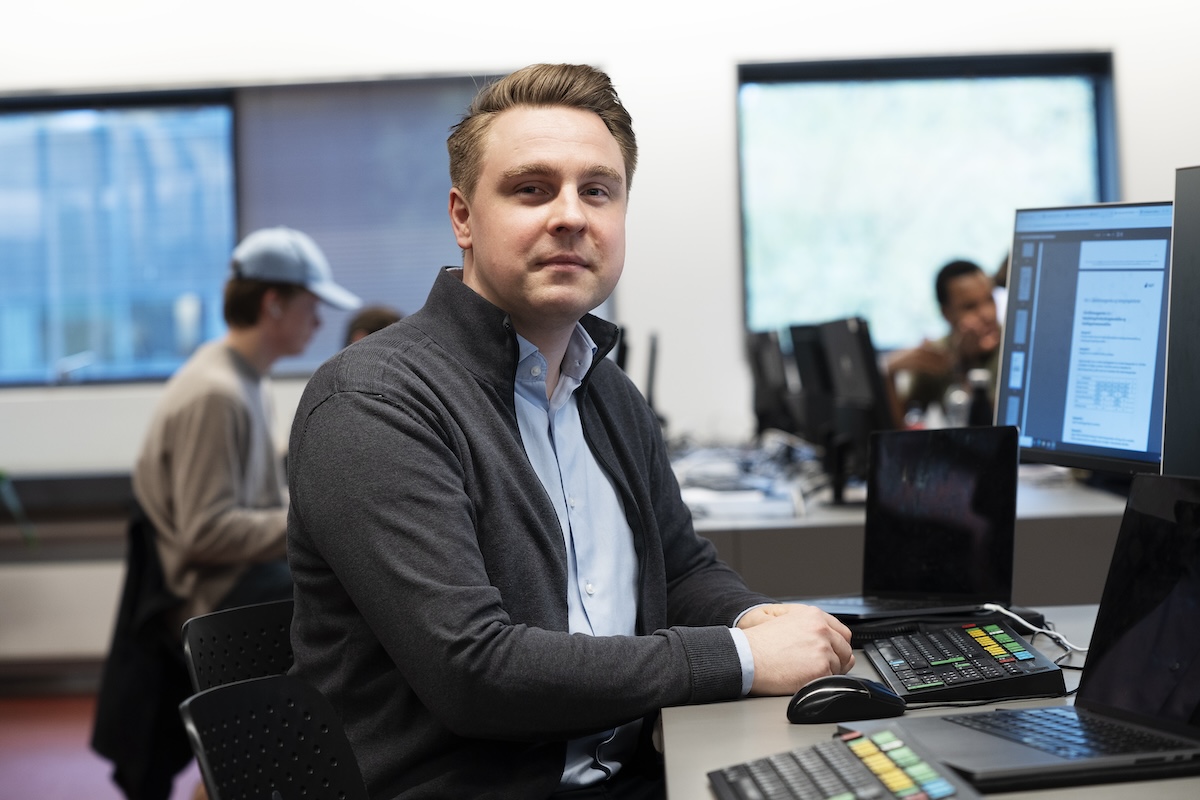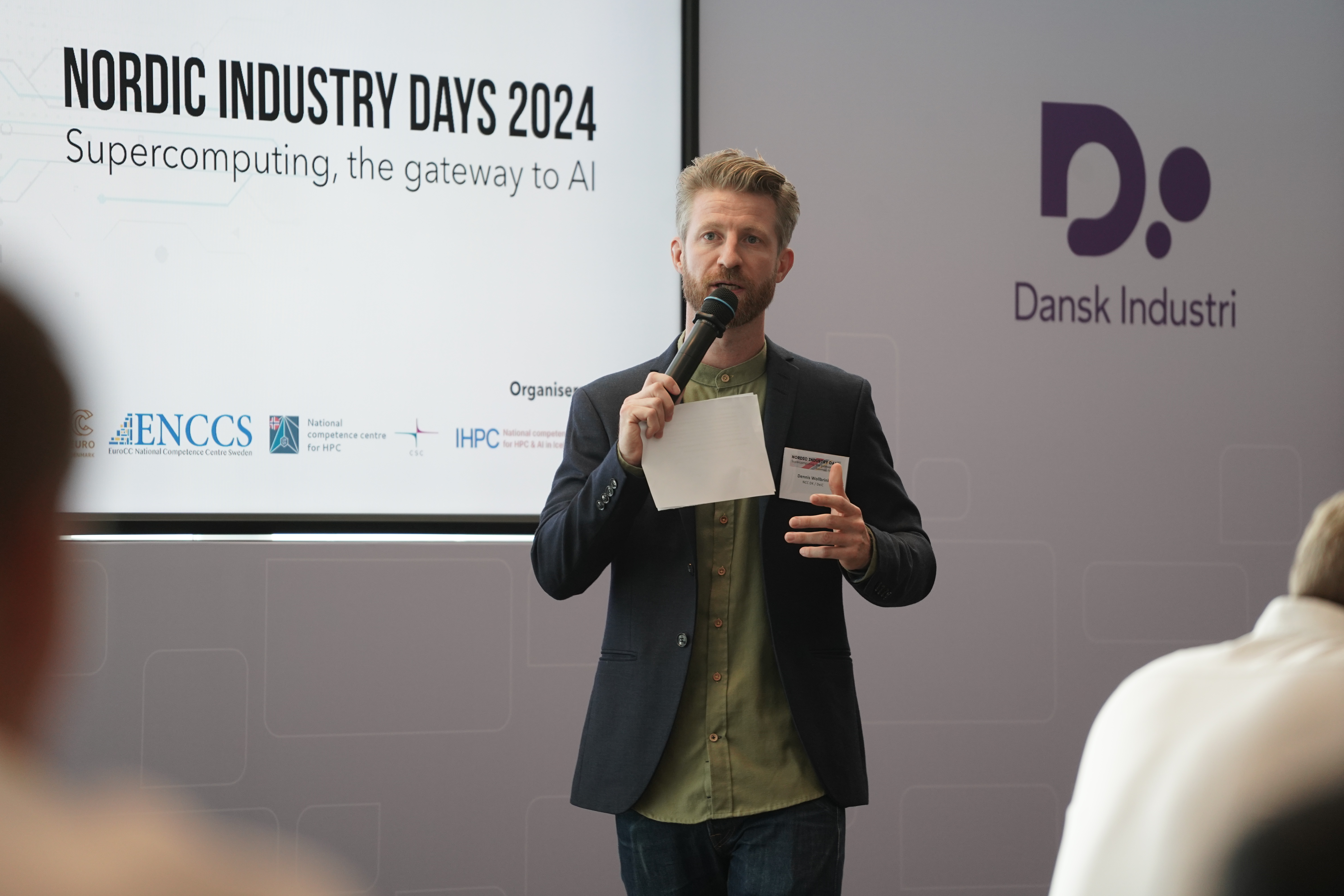
DeiC has analyzed the results for users and the research from the previous three national HPC plants in the period 2015 to 2019.
Thus, data has been collected for five years and the list now counts 835 publications for the period. If you yourself want to explore the publications that have included the use of national supercomputing in Denmark, then it is possible to search through the analysis material.

You can read the entire HPC analysis and find the search function here.
"This is the third time we publish the analysis and the total number of publications has almost tripled since the first time in 2017," says Birgitte Vedel Thage, project manager for the publication analysis.
Most HPC users are in the research areas of Biology (28 percent), Chemistry and Biochemistry (15 percent) and Medicine (32 percent). But over time, there has also been an increase in HPC-based research in the humanities and social sciences.
HPC and UN's 17 sustainable goals
In the latest edition of the publication list, DeiC has also looked at how the national publications contribute to the UN's goals for sustainable development in the world, partly because the Danish universities have begun to include the 17 sustainable goals in their strategy and visions.
Most of the goals have the common denominator that technology will play a crucial role in solving the global challenges of the future, which include eliminating poverty and hunger in the world, helping our climate, reducing inequalities, ensuring good education and better health for all, sustainable economically growth and so on.
“This is the first time we are making this comparison in our analysis. This means that the algorithm for how we find the connection is not completely fine-tuned yet. The results must therefore be interpreted with caution, but they still show some interesting trends, ”says Birgitte Vedel Thage.
The results were distributed as follows:
- A total of 353 publications (44 percent) were matched with an SDG (Sustainable Development Goal), of which the majority (339 publications) were categorized within SDG3 (Good health).
- For SDG3, one can read that globally one in four is affected at some point in life by mental illness and neurological disorders. More than 300 million people suffer from depression, almost as many have severe anxiety disorders and more than 800,000 people commit suicide each year. These topics include has been elucidated through national DK-HPC, and in addition, the 339 publications include studies of more than 50 different diseases using, among other things, genome sequencing, epigenetic studies and disease progression analysis.
- Some publications were to be found within SDG2 (No Hunger), SDG7 (Renewable energy), SDG11 (Sustainable Cities and Communities), SDG13 (Climate Action) and SDG15 (Life on land).
- It is noted that SDG6 (Clean Water and Sanitation) and SDG14 (Life below water) had no match in this analysis, although potential candidates were to be found among the 835 national DK-HPC publications.
 Number of national DK-HPC publications that could be matched with one of the UN's 17 global goals (SDG, Sustainability Development Goals).
Number of national DK-HPC publications that could be matched with one of the UN's 17 global goals (SDG, Sustainability Development Goals).
Inspiration for new disciplines' use of supercomputers
Nine of the UN's global goals are not represented at all in the analysis of the 835 publications.
These are areas that can be attributed to the social sciences, such as SDG1 (No Poverty), SDG4 (Quality Education), SDG5 (Gender Equality), SDG8 (Decent Work and Economic Growth) and SDG12 (Responsible Consumption and Production).
"This can thus be inspiration for new disciplines' use of HPC," says Birgitte Vedel Thage.
"In addition, it has already been mentioned that the main emphasis of the collected publications is from the Life Science area, so there is also a natural reason why most of the matches in the current analysis are for SDG3 (Health and Well-being)".
New national HPC landscape
The 3 HPC facilities from which publications were collected in the analysis are only a small sample of the total HPC landscape in Denmark. In addition, the national HPC landscape looks completely different in the future with access to more HPC facilities for researchers in DK.
It is expected to continue to follow the research coming out of the national HPC, by following the returns of publications that have used national computing power. In order to facilitate the work of collecting publications in connection with the dissemination of research results in the future, it will be a requirement that the use of the national facilities is described in the publication or equivalent reporting system.
The HPC architecture in the period 2015 to 2019 has been Abacus2.0 (Interdisciplinary Research), Computerome (Life Science Research) and the Cultural Heritage Cluster (Humanities and Social Sciences).
Going forward, there is access to five types of computing power. Read more about it here: New national HPC Landscape is now ready for the first reasearchers.
You can see and hear much more about the publication list and about the national HPC in this presentation.




